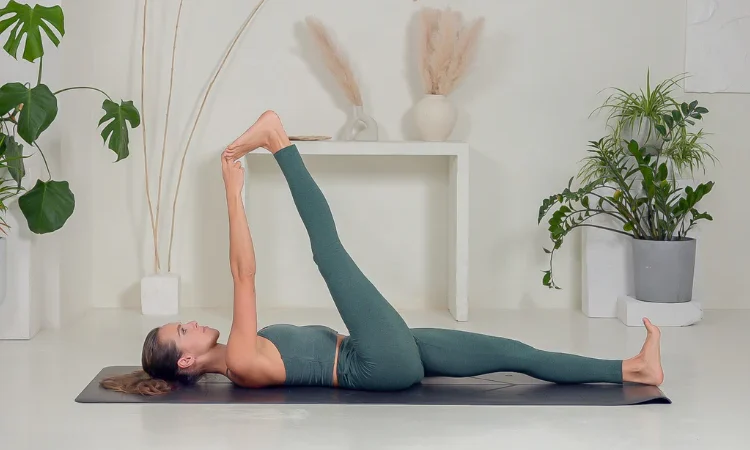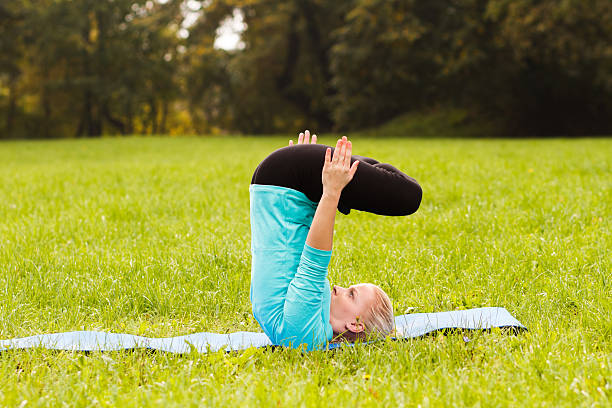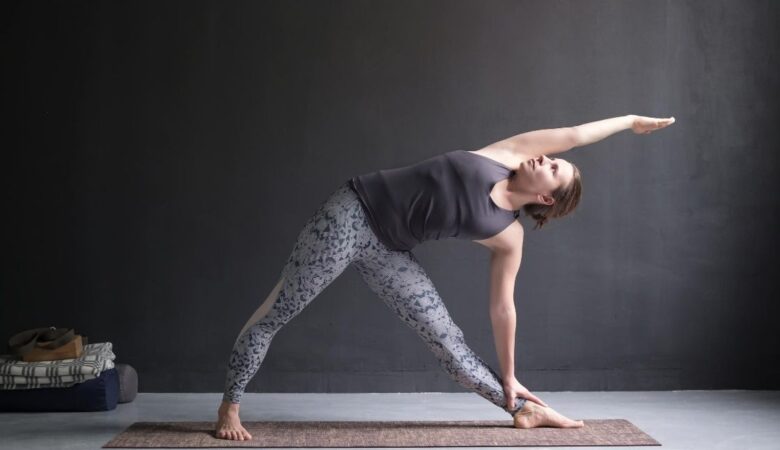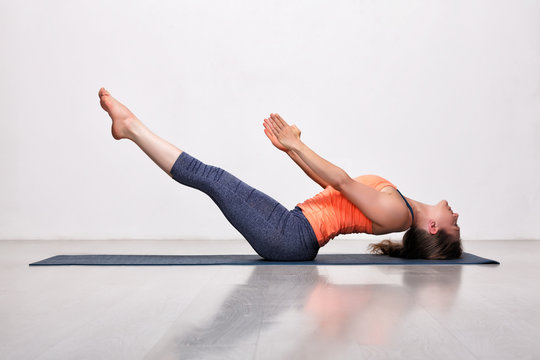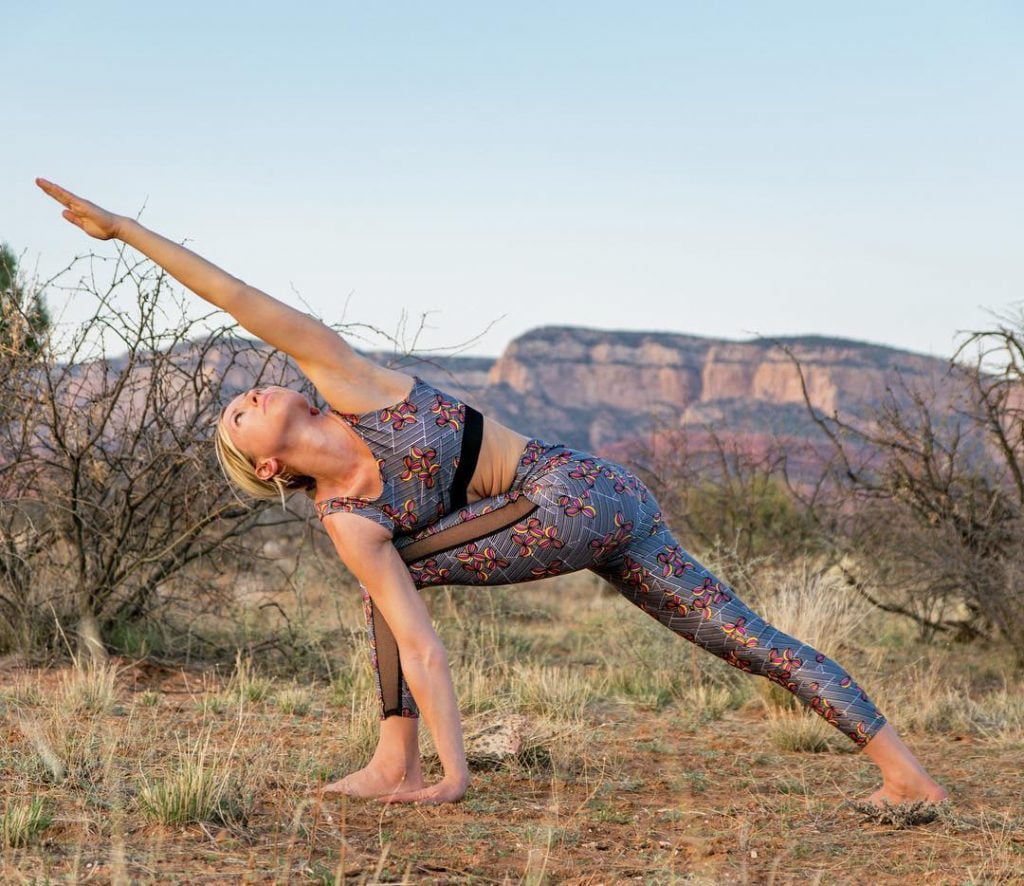
Sanskrit Name: Parivrtta Parsvakonasana (परिवृत्त पार्श्वकोणासन)
English Name: Revolved Side Angle Pose
Type of Yoga: Ashtanga Yoga
Level of Yoga: Advanced / Intermediate
Duration: As per your capability or 30 to 60 seconds
Target Area: Thorax, Lung, Vertebral column, inguinal region, Ankle, Knee, Leg, and Shoulder
Strengthens: Knee, Leg, and Ankle
Parivrtta Parsvakonasana is known as Revolved Side Angle Pose in English. By doing Parivrtta Parsvakonasana spreads to the thighs, knees, ankles, chest, and shoulders. It also makes the legs strong. By regulating the Parivrtta Parsvakonasana, it improves metabolism and the ability to breathe. It also improves concentration and confidence.
The body has many advantages by doing Parivrtta Parsvakonasana. Know about Parivrtta Parsvakonasana and its advantages.
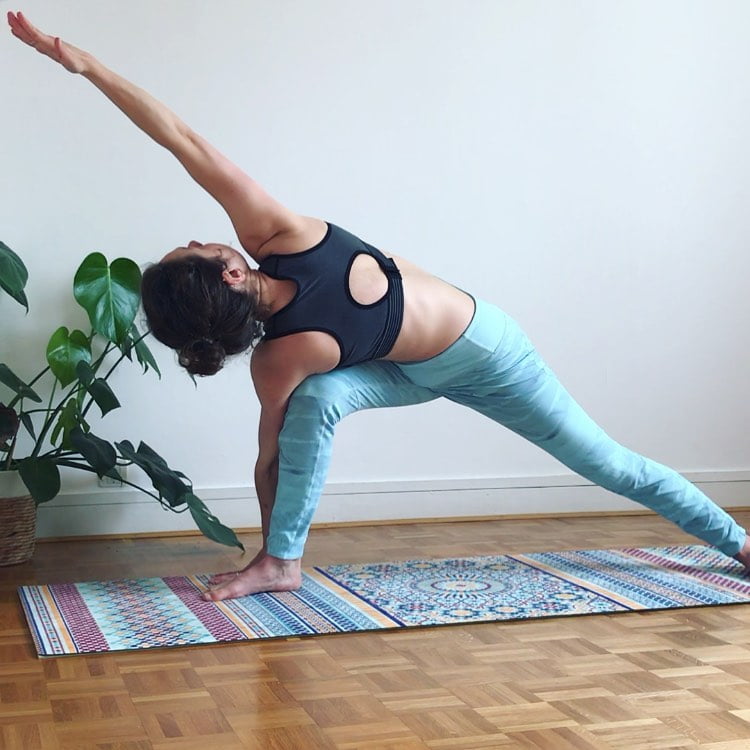
Table of Contents
What Does It Mean By Parivrtta Parsvakonasana (Revolved Side Angle Pose)?
Parivrtta Parsvakonasana is a Sanskrit language word that is made up of four words, in which
The first word is “Parivrtta (परिवृत्त)” which means “Revolved or turning around”
The second word is “Parsva (पार्श्व)” meaning “side or pane”
And the third word is “Kona (कोणा)” which means “Angle”
The fourth word is, “Asana (आसन)” which means “Yoga Pose”.
It is believed that the Parsvakonasana (Revolved Side Angle Pose) is actively activating the Manipur chakra (situated between our navel & the solar plexus). This chakra is the center of the body’s energy and vitality, which carries confidence, internal strength, and courage.
Parivrtta Parsvakonasana is part of the primary chain of Ashtanga Yoga. Let us know the way to perform the Parivrtta Parsvakonasana, and its benefits in detail.
Preparatory poses of Parivrtta Parsvakonasana (Revolved Side Angle Pose):
- Baddha Konasana (बद्ध कोणासन) or Butterfly Pose or Bound Angle Pose
- Gomukhasana (गोमुखासन) or Cow Face Pose
- Parivrtta Trikonasana (परिवृत्त त्रिकोणासन) or Revolved Triangle Pose
- Virasana (वीरासन) or Hero Pose
- Upavistha Konasana (उपविष्ट कोणासन) or Wide-Angle Seated Forward Bend
- Padahastasana (पादहस्तासन) or Hand to Foot Pose
- Padungasthasana (पादंगुष्ठासन) or Big Toe Pose
- Utthita Trikonasana (उत्थित त्रिकोणासन) or Extended Triangle Pose
- Utthita Parsvakonasana (उत्थित पार्श्वकोणासन) or Extended Angle Pose
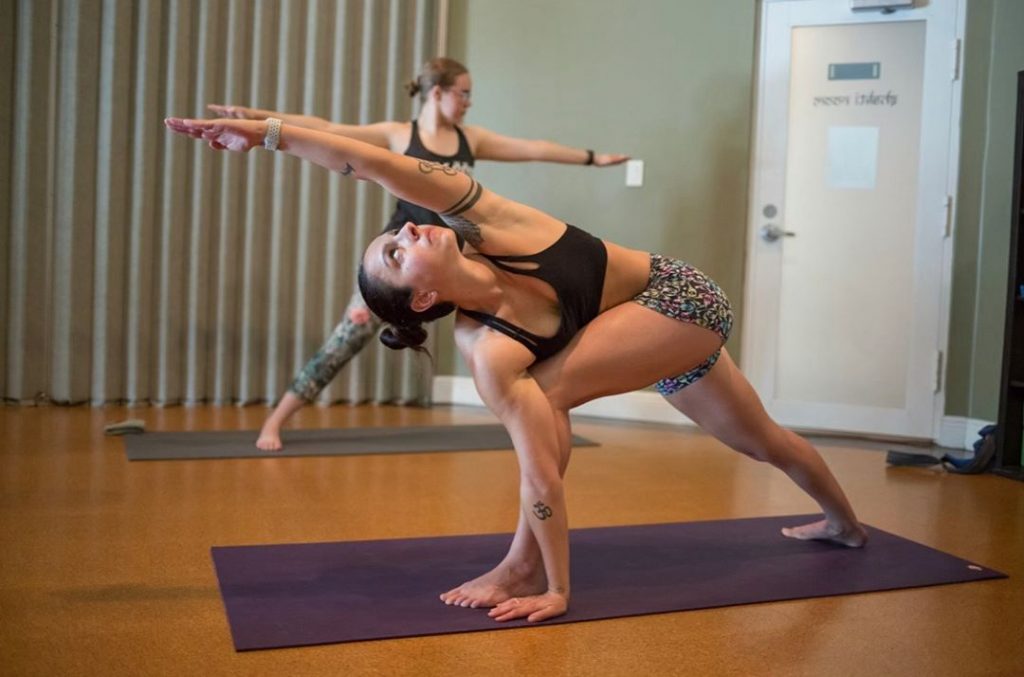
Method of Doing Parivrtta Parsvakonasana (Revolved Side Angle Pose):
- To do this asana, first of all, stand in Tadasana or Mountain Pose
- After this, take the inhale and open the legs in a distance of 4 to 4.5 feet.
- Then turn your left leg into 45 to 60 degrees
- Also, turn right leg 90 degrees outward
- Now keep the right heel parallel with the left heel
- Then retain your left ankle from the ground and turn right knee
- If you have flexibility, then parallel the thigh to the ground
- Now slowly bend your head to the right 90 degrees
- After this, bow the head forward
- Notice that you do not bow down to the joints of the hips, nor from the joints of the back
- After inhaling, bring the left hand in front and touch the ground with your left palm
- If you are having difficulty doing this, place the palm near the heel
- Extend your right hand toward the roof. Your right hand and leg should be in a straight line
- After this, lift your head up so that you can see your right hand fingers
- Now take five times inhalation and leave it outside
- Now stay in this seat for 30 to 60 seconds
- Slowly, along with the practice of this posture, you can extend its time to 90 seconds
- Now after breathing five times you can come out of the asana
- On completion of a cycle, you can do this asana from the left side
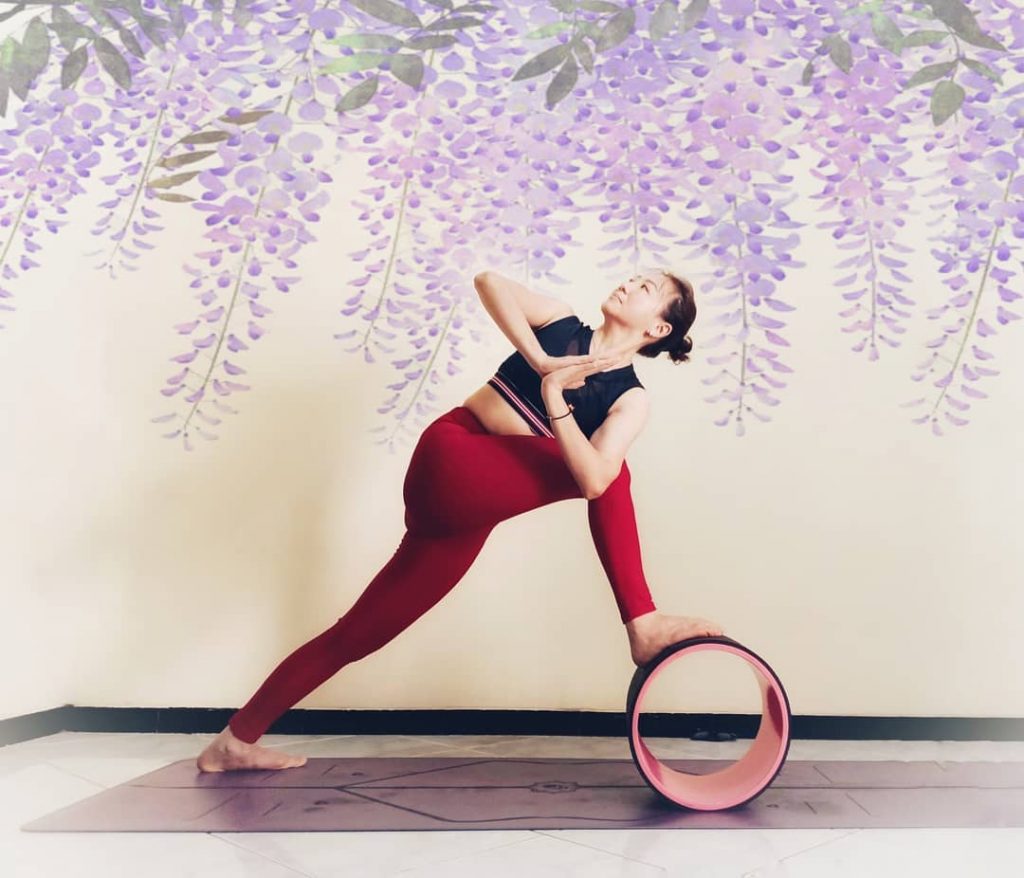
Beginner’s Tips:
In the beginning, you may have difficulty maintaining your balance. If this is the case, fold a towel and place it under your feet and keep some other item on which you can vaccinate your leg
If your hand does not reach the ground, then you can put your hands in the prayer posture
Follow-up poses of Parivrtta Parsvakonasana (Revolved Side Angle Pose):
- Prasarita Padottanasana (प्रसारित पादोत्तासन) or Wide-Legged Forward Bend
- Garudasana (गरुड़ासन) or Eagle Pose
- Marichyasana (मरिचियासन) or Marichi’s Pose
- Gomukhasana (गोमुखासन) or Cow Face Pose
- Parsvottanasana (पर्श्वोत्तनासन) or Intense Side Stretch Pose
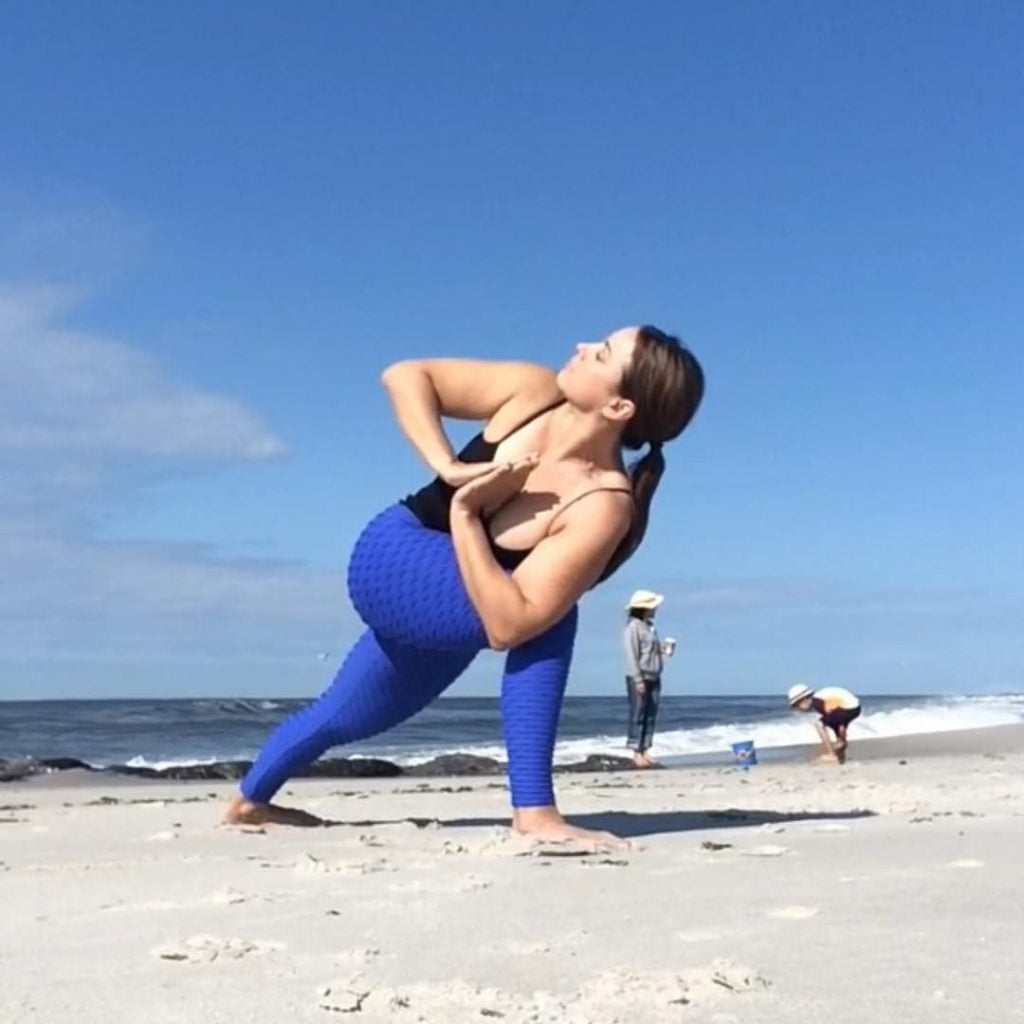
Precautions of Parivrtta Parsvakonasana (Revolved Side Angle Pose)
High blood pressure or low blood pressure patients should not do this posture
Don’t perform Parivrtta Parsvakonasana, in case you have a problem of diarrhea, headache, or low blood pressure.
If you have any problems with the heart, then do not practice it
Do not put too much emphasis on your physical capacity
If there is a pain in your neck, keep the head upwards in the last post in order to keep your head straight so that you do not stress your neck
Persons disturbed by insomnia should not practice this posture.
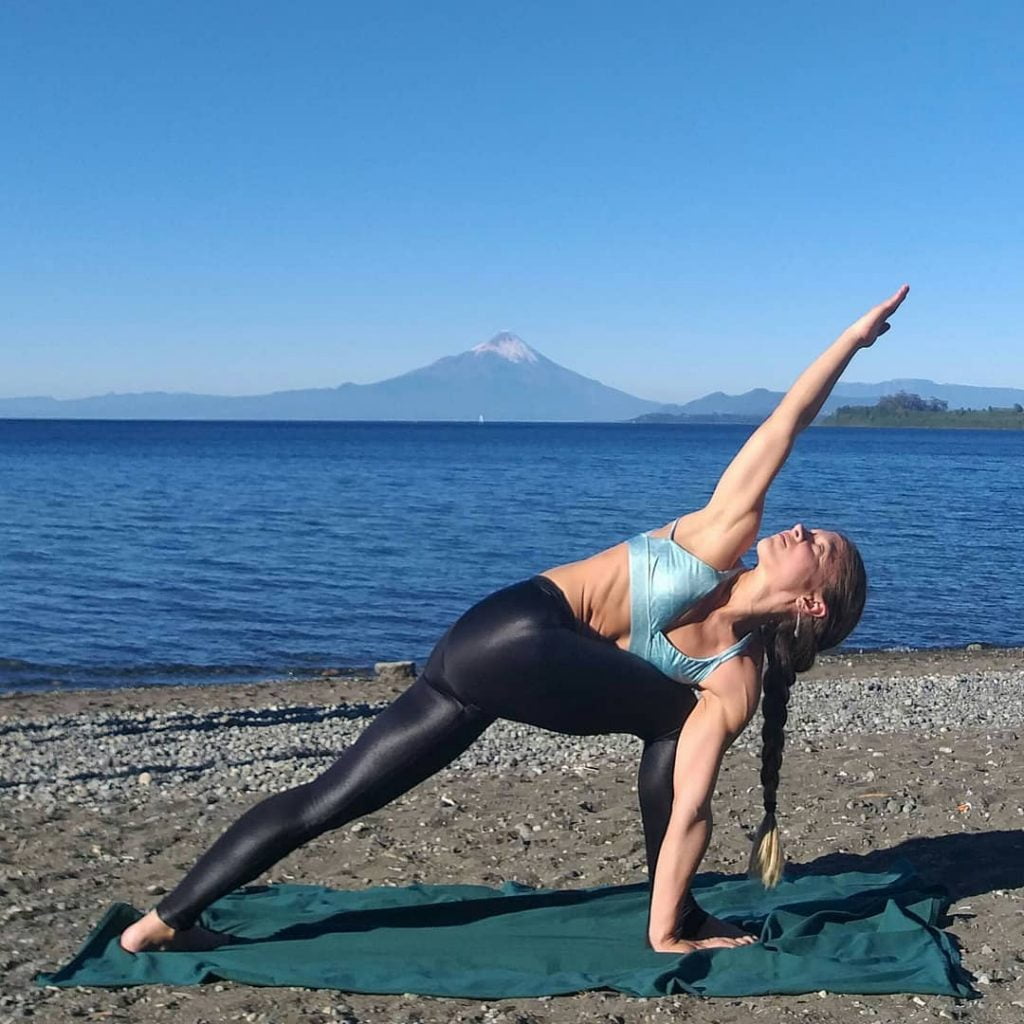
Benefits of Parivrtta Parsvakonasana (Revolved Side Angle Pose)
- Stimulates the abdominal organs
- Hips, chest and lungs, shoulders, neck and spinal cord pulls
- Stretches in legs, knees, and ankles and makes them strong
- By pract5icing the Parivrtta Parsvakonasana every day, it increases the body’s balance
- Increases your physical balance
- Stimulates stamina
- Regularizing this asana removes stress
- Helps in relieving catheter, constipation, muscle aches, infertility, back pain, and osteoporosis

